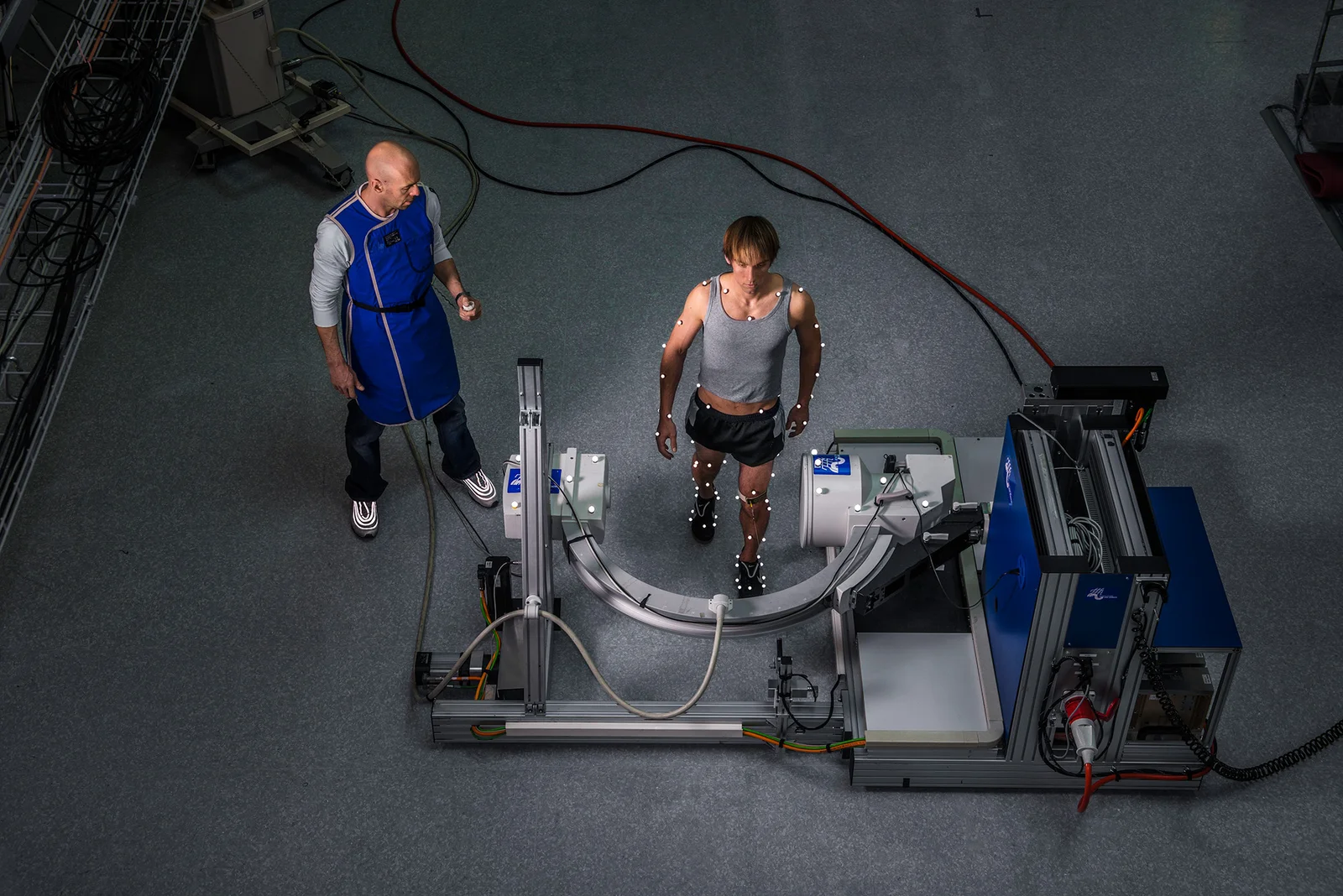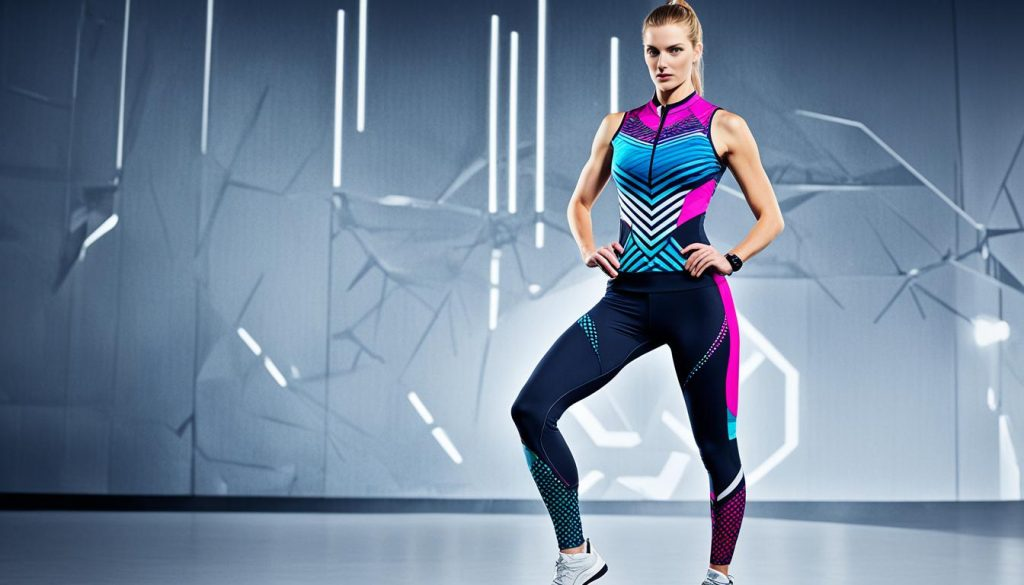amicitaacademy.com – Biomechanics is the study of the mechanical laws relating to the movement or structure of living organisms. In the world of sports, biomechanics plays a crucial role in understanding how athletes move, improving performance, and preventing injuries. Recent innovations in biomechanical equipment are transforming training and competition, providing athletes and coaches with insights that were previously unattainable. Here’s an overview of some key innovations.
1. Motion Capture Systems
Advanced motion capture systems utilize multiple cameras and sensors to track an athlete’s movements in three-dimensional space. These systems can capture the intricacies of an athlete’s technique, such as the angles of joints and the velocity of limbs during performance. Software analysis provides detailed feedback, allowing coaches and athletes to make informed adjustments to improve efficiency and effectiveness in their movements.
2. Wearable Sensors
Wearable technology, including accelerometers, gyroscopes, and pressure sensors, has revolutionized how biomechanics data is collected. Athletes can wear these sensors during training and competitions, gathering real-time data on their movements. This information helps identify inefficiencies and potential injury risks. Wearable sensors can monitor factors such as stride length, impact forces, and joint angles, enabling personalized training programs tailored to each athlete’s unique biomechanics.
3. Smart Footwear
Recent innovations in footwear have led to the development of smart shoes equipped with sensors that measure gait, pressure distribution, and other biomechanical parameters. These shoes provide immediate feedback on performance, helping athletes adjust their running technique or playing style. Additionally, data from smart footwear can be analyzed over time to track improvements and identify any concerning trends that may lead to injuries.
4. Force Plates
Force plates are used to measure the ground reaction forces generated during athletic movements. By analyzing the forces applied to the ground during jumping, sprinting, or cutting, coaches can assess an athlete’s performance and technique. This data is invaluable for understanding how forces are distributed across joints and muscles, allowing for targeted interventions to prevent injuries.
5. 3D Printing
The use of 3D printing in sports biomechanics is gaining traction, particularly for custom equipment like orthotics and prosthetics. Athletes with injuries or disabilities can benefit from personalized solutions that fit their unique biomechanical profiles. This technology ensures a better fit and improved performance, as custom devices are designed to accommodate an athlete’s specific movements and requirements.
6. Virtual Reality (VR) and Augmented Reality (AR)
VR and AR technologies are being integrated into biomechanics training programs. VR can simulate various game scenarios, allowing athletes to practice their movements in a controlled environment. Meanwhile, AR can overlay biomechanical data onto an athlete’s field of vision during practice, providing immediate feedback on technique and performance.
7. Enhanced Data Analytics
The integration of machine learning and advanced analytics with biomechanical data has opened new avenues for performance improvement. By analyzing large datasets collected from various biomechanical tools, AI algorithms can identify patterns and predict outcomes, helping coaches make more informed decisions regarding training regimens and injury prevention strategies.
Conclusion
The innovations in biomechanics equipment are reshaping the landscape of sports training and performance. By providing athletes and coaches with precise, actionable insights into movement patterns and mechanics, these advancements not only enhance performance but also play a vital role in injury prevention. As technology continues to evolve, the potential for improving athletic performance through biomechanics will only grow, paving the way for the next generation of athletes to reach new heights.






